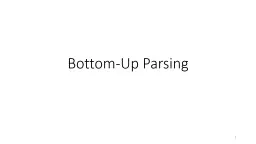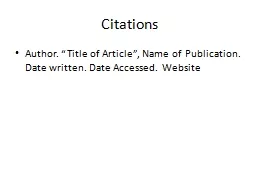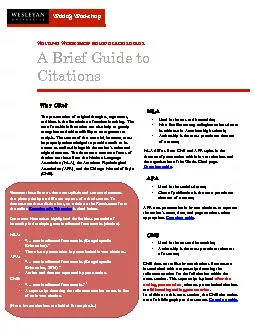PPT-Author(s) Date 2014 Title
Author : dayspiracy | Published Date : 2020-06-22
V Needs Assessment of Maternal Child Adolescent Health in XXX County How are we doing Insert Local MCAHHealth Department Logo Provide a brief overview of the
Presentation Embed Code
Download Presentation
Download Presentation The PPT/PDF document "Author(s) Date 2014 Title" is the property of its rightful owner. Permission is granted to download and print the materials on this website for personal, non-commercial use only, and to display it on your personal computer provided you do not modify the materials and that you retain all copyright notices contained in the materials. By downloading content from our website, you accept the terms of this agreement.
Author(s) Date 2014 Title: Transcript
Download Rules Of Document
"Author(s) Date 2014 Title"The content belongs to its owner. You may download and print it for personal use, without modification, and keep all copyright notices. By downloading, you agree to these terms.
Related Documents














